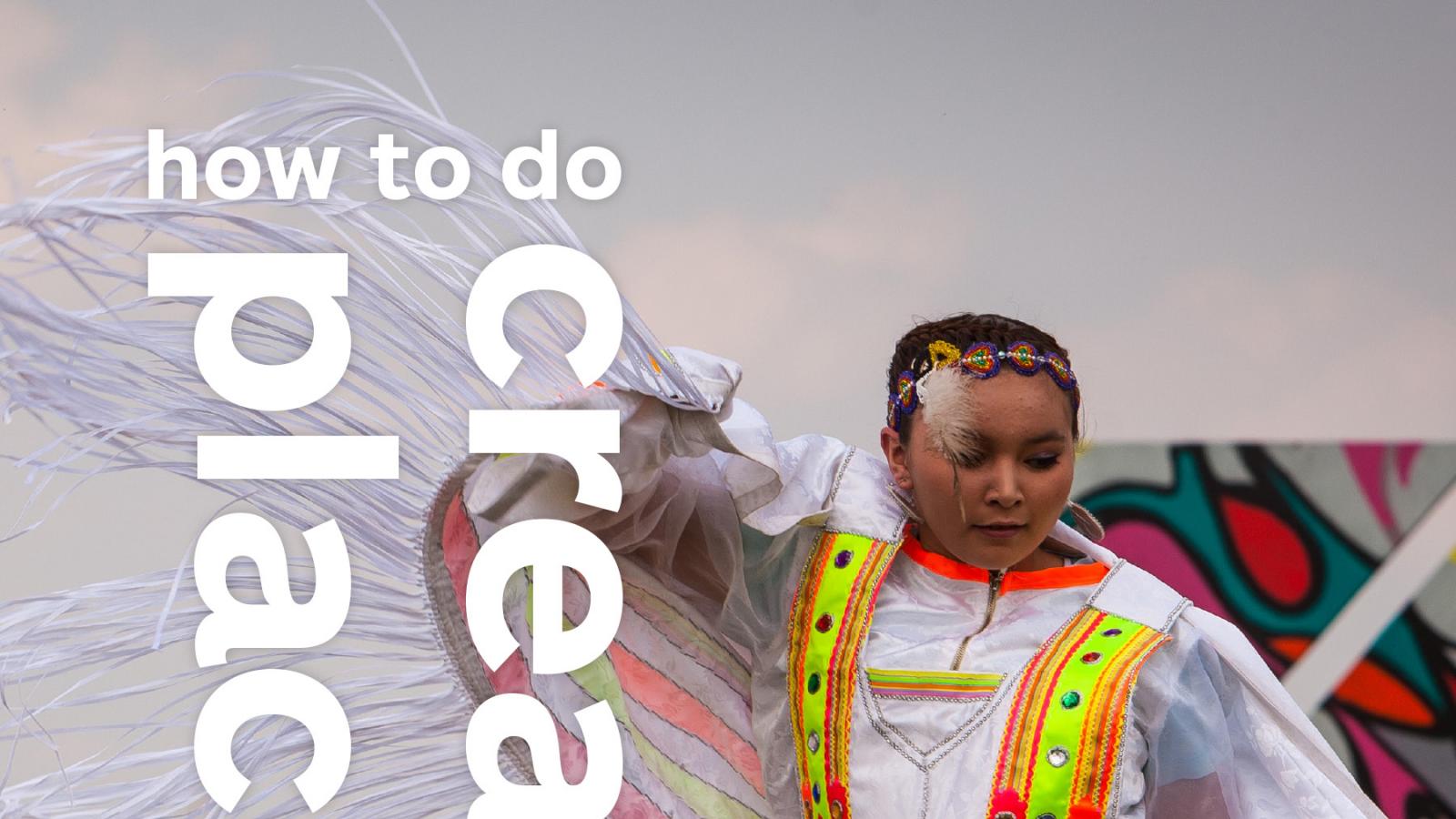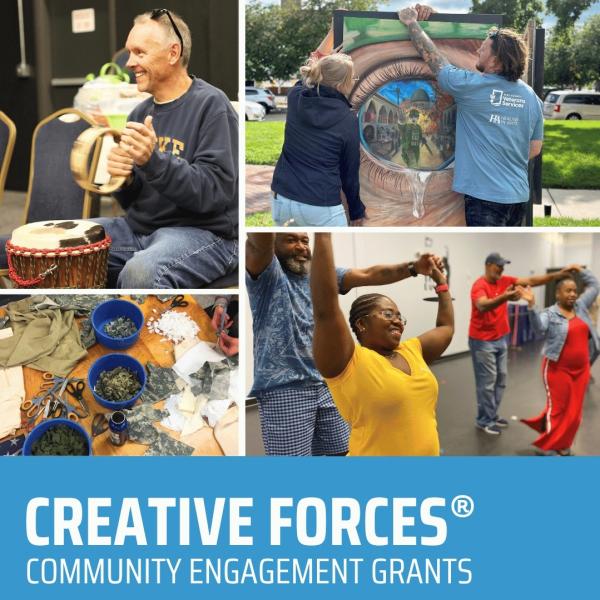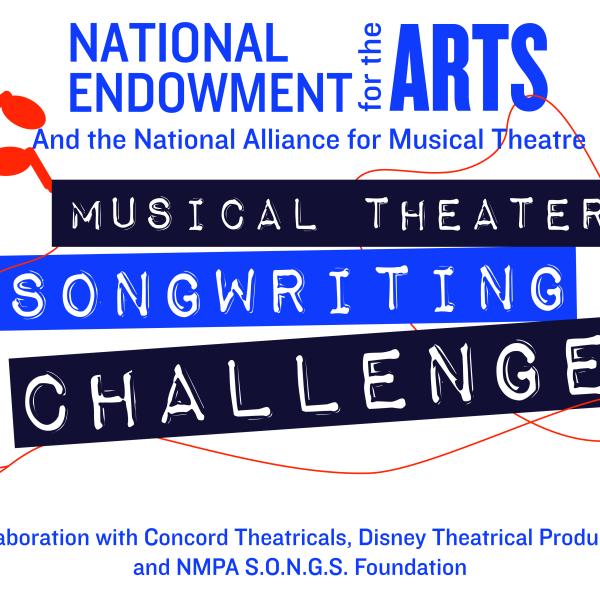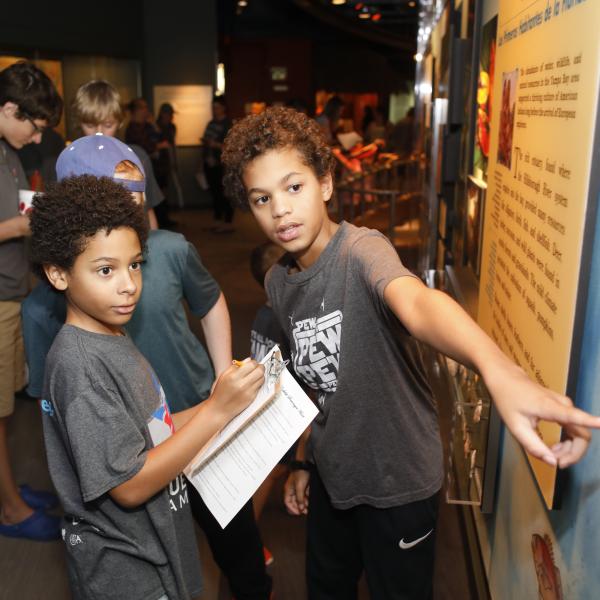How to Do Creative Placemaking

Washington, DC—In its ongoing commitment to producing resources for community engagement with the arts, the National Endowment for the Arts has published How to Do Creative Placemaking: An Action-Oriented Guide to Arts in Community Development. The book features 28 essays from thought leaders active in arts-based community development as well as 13 case studies of projects funded through the NEA’s creative placemaking program, Our Town.
Concurrent with the publication of How to Do Creative Placemaking, the NEA, Kresge Foundation, ArtPlace America, the Woodrow Wilson International Center for Scholars, and Partners for Livable Communities, are presenting Creative Placemaking: The Role of Arts in Community Development, a convening hosted by the Wilson Center on Tuesday, December 6, 2016 from 1:00 – 6:00 PM ET.
The event will be livestreamed on the Wilson Center website. You can follow the conversation on Twitter at #creativeplace.
THE BOOK: How to Do Creative Placemaking: An Action-Oriented Guide to Arts in Community Development
How to Do Creative Placemaking is intended as a primer for those interested in bringing the arts to the community development table as a tool—along with housing, transportation, public health, and other sectors—to advance revitalization efforts in an authentic way.
“The book is meant to help people start working with the arts to make their place better,” says NEA Director of Design and Creative Placemaking Jason Schupbach, “We wanted to create something easy to use and full of options for communities to begin doing this work, or to improve what they have already started.”
The book is divided into six chapters: Inclusive Planning + Equitable Development, Economic Opportunity, Community Identity + Belonging, Arts + Government, Arts + Physical Infrastructure, and Arts + Community Development Organizations.
Among the essays are the following:
- “Five Lessons Learned for a Successful Public Art Project,” by Americans for the Arts’ Patricia Walsh
- “Can Arts Drive Rural Economic Development?” by USDA Rural Development’s Chris Beck and the International Sonoran Desert Alliance’s Tracy Taft
- “Ethics of Development: A Shared Sense of Place,” by the National Association of Latino Arts and Culture’s María Lopez de León
- “How Can a Planning Authority Work with an Artist to Improve Public Health Outcomes for Residents?” by the City of Fargo, North Dakota’s Nichole Crutchfield
- Exploring Our Town, an online collection of more than 70 case studies and lessons learned,
- Beyond the Building: Performing Arts and Transforming Place a white paper resulting from a national convening of the same name, and
- Validating Arts and Livability Indicators Study report describes the methodology and findings of a study to validate the NEA's proposed Arts & Livability Indicators and is issued today as an infographic.
- Where Creative Placemaking is Now, a conversation between Maria Rosario Jackson, senior adviser for arts and culture at the Kresge Foundation and Jason Schupbach, NEA director of design and creative placemaking programs
- What Creative Placemaking Looks Like, a panel discussion moderated by Laura Zabel, executive director of Springboard for the Arts
- Where Creative Placemaking Intersects, a panel discussion moderated by Lyz Crane, deputy director of ArtPlace America
Contact
PRESS CONTACT: Victoria Hutter, hutterv@arts.gov, 202-682-5692
PROGRAM CONTACT: Katryna Carter, carterk@arts.gov, 202-682-5047




